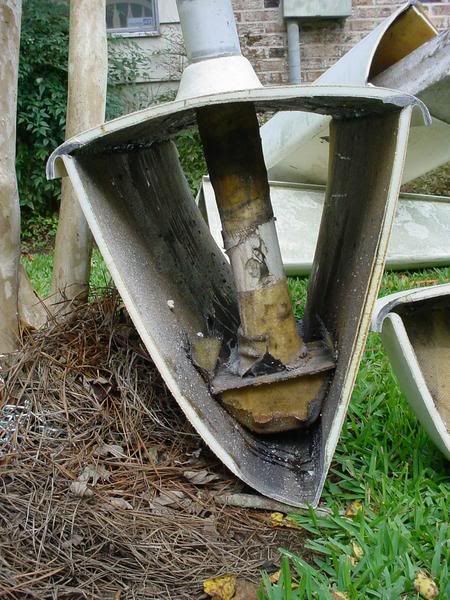How to Find a Leak
- Posted on
- Posted in sailing

Leak Hunting
The hulls are designed to vent with changes in temperature and altitude pressure.
Hulls need to "breathe". Without the vent, the hulls will flex when pressure changes inside as compared to outside the hull. This can cause damage to the structure of the hull. If you hear a puff of air when removing a drain plug, that is not "a good thing".
If your hull leaks beyond a small amount, you can find out where and repair it fairly easily.
Force air pressure inside the hull in some way. There are many possible ways to do that. By mouth, hair drier, vacuum exhaust, tire pump... whatever. DO NOT put more than a couple pounds of pressure into the hull. I prefer the vacuum exhaust. Direct the flow into the drain hole, but do not seal it tightly. Any positive pressure inside the hull will try to escape. It will escape through possible leak locations.
Mop, sponge or spray soapy water around fittings and seams that are suspect. Bubbles will be formed by the air escaping from the hull.
Look at the keels. Are they wearing through? Look at the drain plug gasket. Is there one? Is it crushed and out of place when the plug is installed? Look at the bow tang fitting and shroud anchor pin. Holes drilled through the hull may have pierced the inner hull cavity. Look at the gudgeon screws, deck to hull lip seam and the pylons on a 16. Hobie 18s can have leaks in the dagger wells top or bottom flange. Hobie 17s may leak in the centerboard wells. Look at board fittings and hull/deck glue seams. On a 17, look at where the centerboard spring contacts the inside of the hull. Boats with inserted wings may leak in the wing tubes. Freezing water in the tube or inserting the wings unevenly can crack the wing tube.
Happy Hunting!

